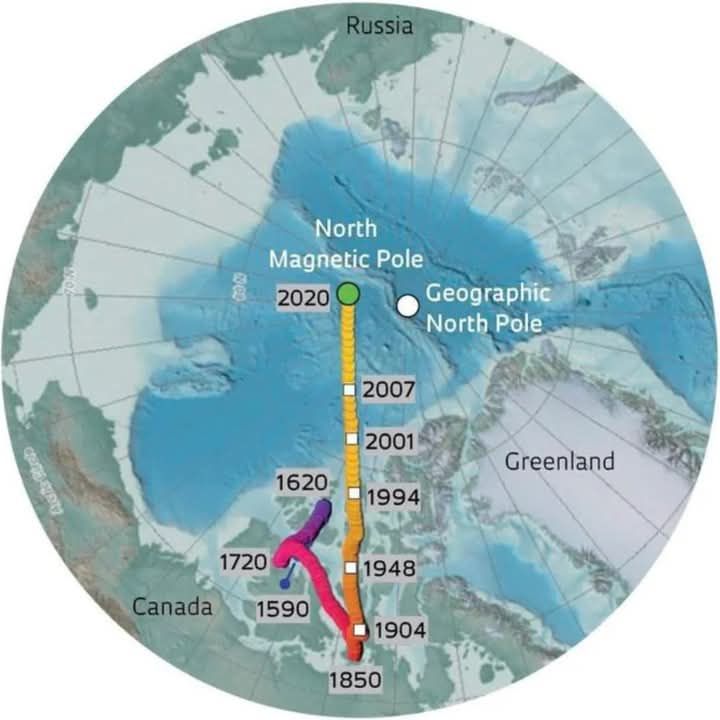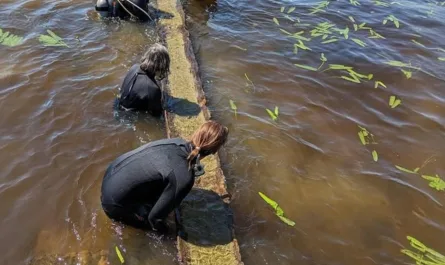High above Earth, the ozone layer acts like a sunscreen, shielding us from harmful ultraviolet (UV) rays that can cause skin cancer, damage ecosystems, and disrupt food chains. In the 1980s, scientists raised the alarm about a gaping “hole” in this protective layer, sparking global action. Fast forward to 2025—where does the ozone layer stand today? Spoiler: it’s a story of hope, progress, and a few challenges we’re still tackling.

A Comeback in Progress
Thanks to the 1987 Montreal Protocol, a landmark global agreement, the world united to phase out ozone-depleting substances (ODS) like chlorofluorocarbons (CFCs), once common in refrigerators, aerosols, and air conditioners. The result? Over 99% of these chemicals are now gone, and the ozone layer is healing.
-
Antarctic Ozone Hole: That infamous hole over Antarctica, which shocked the world in the 1980s, is shrinking. In 2024, it peaked at about 22 million square kilometers—one of the smallest in decades—and closed earlier than usual. While it still forms every spring due to lingering ODS and weather patterns, it’s on track to recover to 1980 levels by around 2066.
-
Global Recovery: Outside polar regions, the ozone layer is rebounding at a rate of 1-3% per decade. Scientists project it could return to 1980 levels by 2040 globally, with the Arctic following by 2045. This means less harmful UV radiation reaching Earth, protecting our health and environment.
Challenges on the Horizon
The ozone layer’s recovery isn’t a done deal. Here are some hurdles we’re still navigating:
-
Illegal Emissions: In the 2010s, rogue emissions of CFC-11 from East Asia slowed progress. While global enforcement has curbed these, it’s a reminder that vigilance is key.
-
Climate Change: The ozone layer and climate are intertwined. Rising greenhouse gases cool the stratosphere, which can help ozone in some areas but worsen depletion in others, like the rare Arctic ozone holes seen in 2020.
-
New Threats: Replacement chemicals like hydrofluorocarbons (HFCs), while ozone-safe, are potent greenhouse gases. The 2016 Kigali Amendment is phasing them down, but emerging chemicals like dichloromethane need monitoring.
-
Geoengineering Risks: Some proposed climate fixes, like injecting aerosols into the stratosphere, could delay ozone recovery. These ideas are still theoretical, but they underscore the need for caution.
Why It Matters
A healthier ozone layer means less UV radiation, reducing risks of skin cancer, cataracts, and damage to crops and marine life. The Montreal Protocol’s success shows what humanity can achieve when we act together—offering a blueprint for tackling climate change. But we’re not there yet. Full recovery is decades away, and UV levels remain elevated in some regions during ozone hole events.
Looking Ahead
Scientists, using satellites and ground stations, keep a close eye on the ozone layer. The World Meteorological Organization (WMO) and United Nations Environment Programme (UNEP) report progress every four years, with the next update due in 2026. If we stay the course, the ozone layer could be a shining example of environmental recovery.
Call to Action
Want to help? Support policies that uphold the Montreal Protocol, reduce greenhouse gas emissions, and promote sustainable practices. Stay informed about UV risks in your area, especially during spring in regions like Antarctica or the Arctic. Together, we can ensure this vital shield continues to protect life on Earth.


